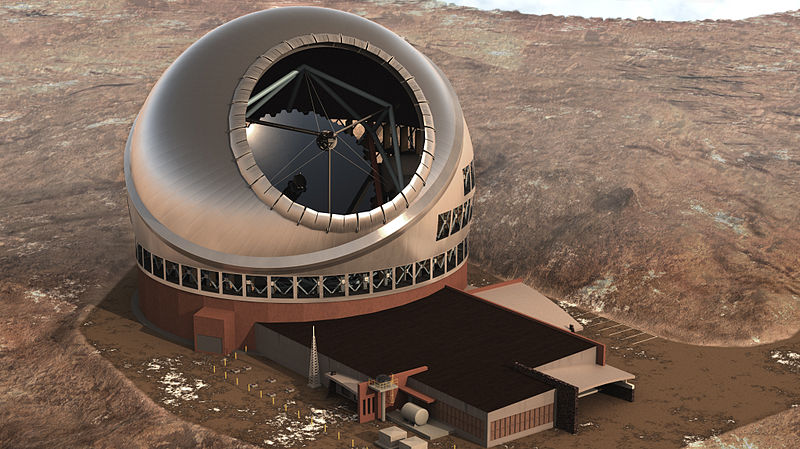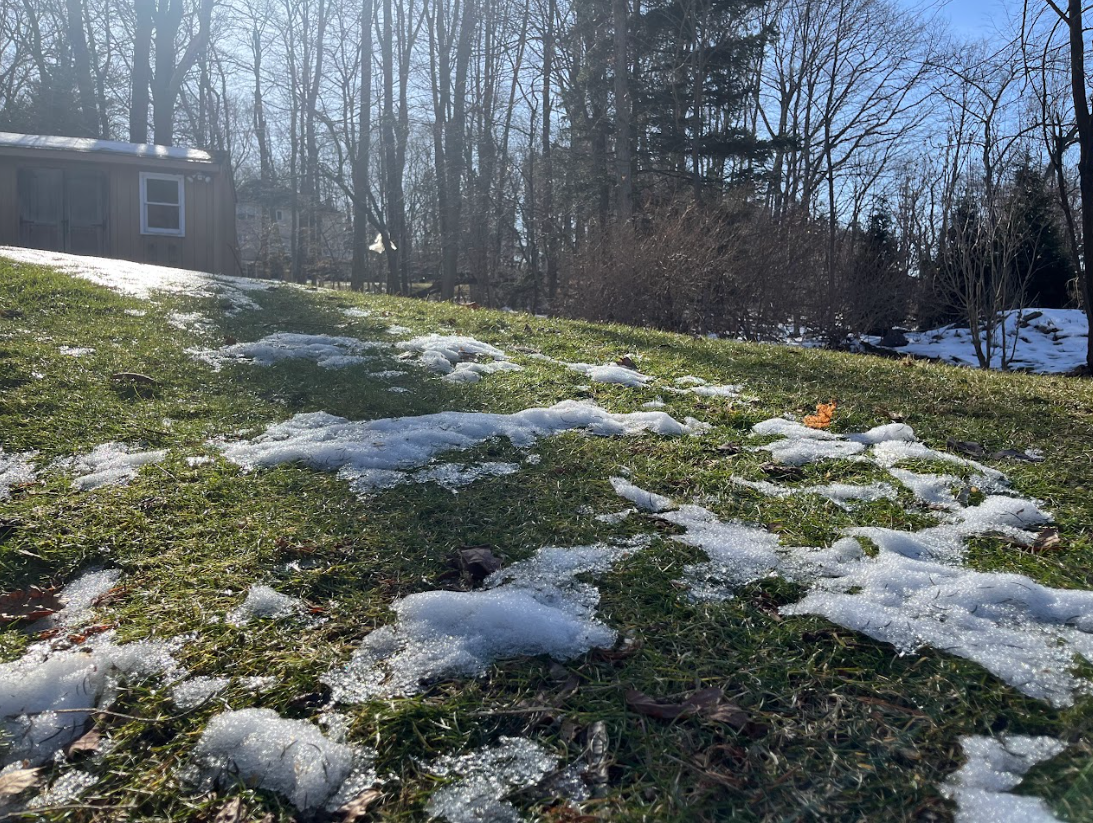Orange, pink, and purple paint a velvet sky. Orange rays spray across red dirt, reflecting off an endless sea of clouds. They float just beneath the mountain’s peak, hiding the glistening blue ocean from its watchful eye. Warm Hawaiian landscapes give way to the harsh cities of man; red dirt that lay undisturbed, now crushed by rumbling machines.
The Thirty Meter Telescope is a proposed telescope that has been the source of controversy and debate among environmentalists. The telescope would be placed in a prime location for deep space viewing. However, the site in question, Mauna Kea, is a place full of the diverse wildlife that could be endangered by a construction project this big.
Deep space exploration is something scientists have been trying to achieve for years and new technology means a real chance at better understanding our world. “The Thirty Meter telescope will combine adaptive-optics corrected wavefronts,” TMT says, “with powerful imaging and spectroscopy capabilities to significantly transform how ground based exploration of our universe is carried out.”
“(It will)…Provide dramatic improvement in sensitivity and spatial resolution across the visible, near- and thermal-infrared regimes,” TMT says. These new developments and larger telescopes could be the answer to many questions. They hope to revolutionize their field with this thirty-meter optic lens and a location that is optimal for their research.
However important this site and telescope are to the scientific community, there is also great religious and cultural importance to the indigenous people. Social Media Associate for Greenpeace USA and native to O’ahu Hawaii Kailin Grable says, “It is the birthplace of Hawaiian cosmology and the center of the Hawaiian universe, the meeting place of Earth Mother Papahānaumoku and Sky Father Wākea.”
To native people, this has become more than just a fight to save a “most sacred place” and endangered species who reside there, it is part of their fight against the colonialism that has taken their country. “…right now, the world is watching as Hawaiians, both Indigenous Kanaka and non-Indigenous Kama’aina, are taking a stand against scientific imperialism in the form of the Thirty Meter Telescope,” Grable says.
Whether or not the people’s cultural importance of the mountain is in effect there is also the question of what the scientific community is willing to do the endangered species who take haven on the otherwise untouched nature on the mountain. “The Department of Land and Natural Resources (DLNR) is monitoring plants at Pu’u Huluhulu that are being impacted by the continuing events at Mauna Kea.” Suzanne Case, Department of Land and Natural Resources (DLNR) chair, says.
The effect of this construction, while trying to be minimized, is nonetheless still there. “Animals and insects are reported to have been avoiding the area.” Edwin Shishido, DLNR Enforcement Officer, says.
While they are taking steps to minimize their effects on the environment is minimization enough? Or should their stress upon the endangered species of this island be enough to send them to another one of the sites they spent the better part of a decade researching?









